Rock climbing in the Laurentians
The small town of Chamonix, nestled at the foot of France’s Mont Blanc, is recognized as the world capital of mountain climbing. It all started in 1786 with the first climb of the highest peak in the Alps. Here in the Laurentians, Val-David could undoubtedly be given the title of the “Chamonix of Québec.”
It was here, in 1932, that retired Swiss engineer John Brett made Québec’s first successful climb of a face of Mont Condor, and that was the starting point of Québec’s own alpine adventure. Val- David became the training ground for several generations of climbers who then developed the activity in their own regions. And because our summits are never higher than 1000 metres, we prefer to talk about rock climbing.
A region full of fine rock faces
Our part of the world is easily accessible and known for the quality of its rock. The closeness to urban centres attracts many climbers as soon as the April sun dries the rock faces. In this area, no fewer than seven climbing sites are listed by the Québec federation of mountains and climbing (FQME).
Would you dare give it a try? Rock climbing can even be learned by an adult. Every climb is ranked from the easiest to the hardest, from 5.0 to 5.15. At the beginning, the climb is done “en moulinette” – with a slingshot top-rope setup in which the climber’s rope runs through a fixed anchor at the top of the climbing route and the partner collects the other end of the rope and blocks the rope if there’s a fall. The beginner is more or less seated in their harness.
In the chilly morning shade of the rock face, Isabelle Losier, director of the Attitude Montagne centre in Saint-Adolphe-de-Howard, welcomes beginners. After having explained and adjusted the equipment, harnesses, helmets and shoes, she shares her main tip: “Lift yourself by pushing with your legs rather than pulling with your arms.”
The essence of rock climbing is exploring the rock, sensing with your hands, feeling with your eyes to make sense of the route up you’ll take. Between you and the rock, it’s a physical, sensory and spiritual experience. And what joy when you complete your climb!
Couples climbing? Yes, it’s possible
Noémie Denault and Éric Gadoua, who have lived here for a long time, have also loved climbing for a long time. When they met, Noémie mentioned that she climbed mountains and Éric asked her, “hiking or climbing?” He was surprised (in a good way) to learn that she had her own harness, shoes and helmet.
It was the start of a lovely relationship which is ongoing. They don’t attack the climbs at the same level, but each of them finds the appropriate one. Using a slingshot top-rope setup, each chooses their level of difficulty. Roped together, Éric takes the lead, which allows Noémie to attempt harder climbs.
What happens as you climb? “The brain empties and one is fully present. Where is my next handhold? It’s a feeling of freedom. The fear of falling, arms or legs trembling, height paralysis…these are all feelings you learn to master,” they say together.
Everything happens as a couple. “In the long climbs, we combine performance and pleasure and we share our energy.” Éric finds Noémie gifted and brave and he’s proud of her: “I admire her,” he admits. As for Noémie, she respects her desire for thrills but most of all, she’s happy to be with a partner who shares her passion.
A shared treasure to protect
The FQME has made major investments to improve local sites: cleaning rock, leveling anchorages, relationships with owners, laying out campsites and building trails.
Are more people using this region? “Yes,” says Isabelle Losier. “Quebecers need to get outside and we see this in all outdoor activities. It’s why ethical behaviour has become so important: it’s more important than ever to respect the lakeside and riverside residents and the other users, remove your trash, park in designated spaces, follow the instructions and pay the access fees.
Climbing sites and climbing schools
Sites: Lac-Supérieur (Parc d’escalade Julien- Labedan); La Conception (Montagne d’argent); Sainte-Adèle (Mont Baldy); Val-David/Val- Morin (Centre de ski Belle Neige and regional park); Amherst (Paroi Kanata-Tremblant); Weir (Mont Larose); La Macaza (Paroi du lac Boisseau).
Schools: Mont-Tremblant Activities Centre; Liberté Nord-Sud; Passe-Montagne; Attitude Montagne.
More from this author by clicking on his photo below.
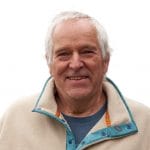
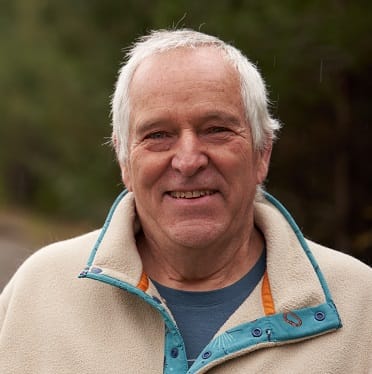
Daniel Gauvreau80 Posts
Récréologue et journaliste de formation, tour à tour organisateur, formateur, consultant, chroniqueur et traducteur dans le milieu du plein air, Daniel Gauvreau est passionné d’activité physique en extérieur. De retour d’un périple au Québec et en France, il a choisi les Hautes-Laurentides pour satisfaire son amour de la nature. Semi-retraité, moniteur de ski de fond à SFMT, son expérience profite désormais aux lecteurs de Tremblant Express. Recreation professional and journalist by education, organizer, trainer, consultant, columnist and translator about the outdoors by experience, Daniel Gavreau is passionate about physical activity outside. Following a trip through Québec and France, he chose the Hautes-Laurentides as the place to satisfy his love of nature. Semi-retired and teaching cross-country skiing with SFMT, he now offers his experience to Tremblant Express readers.
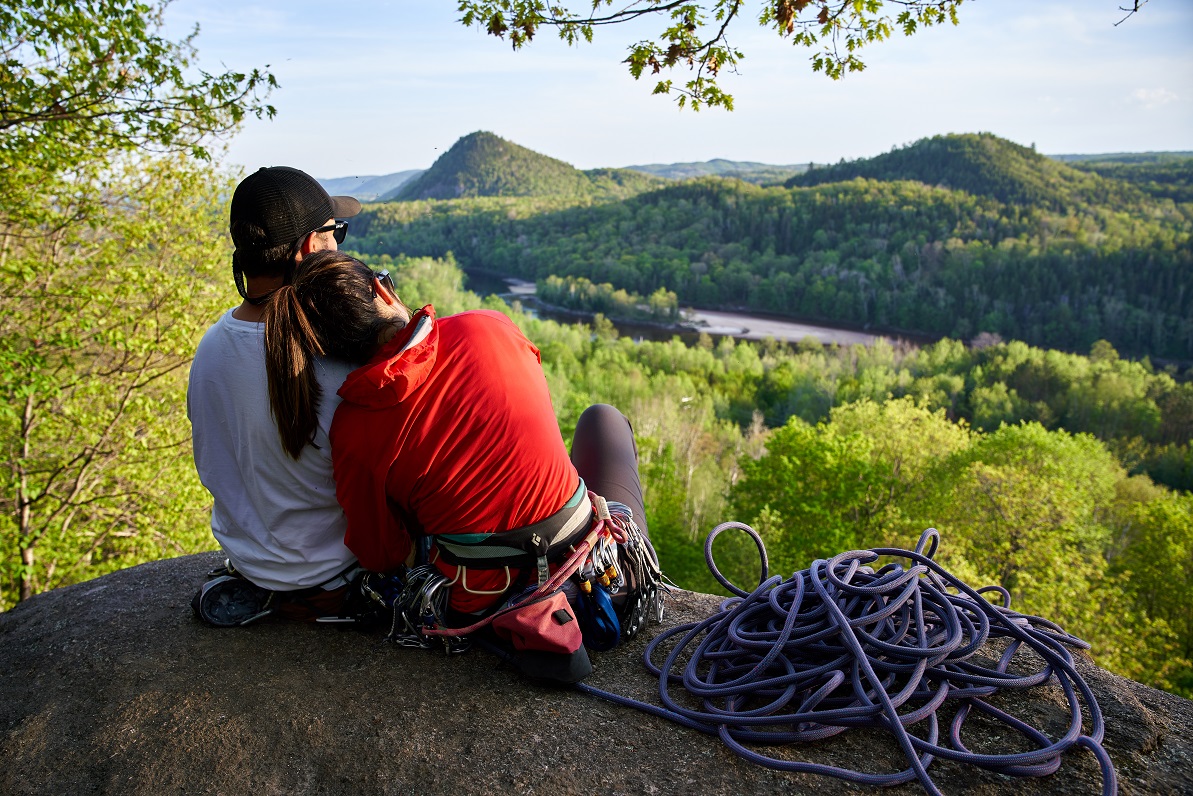
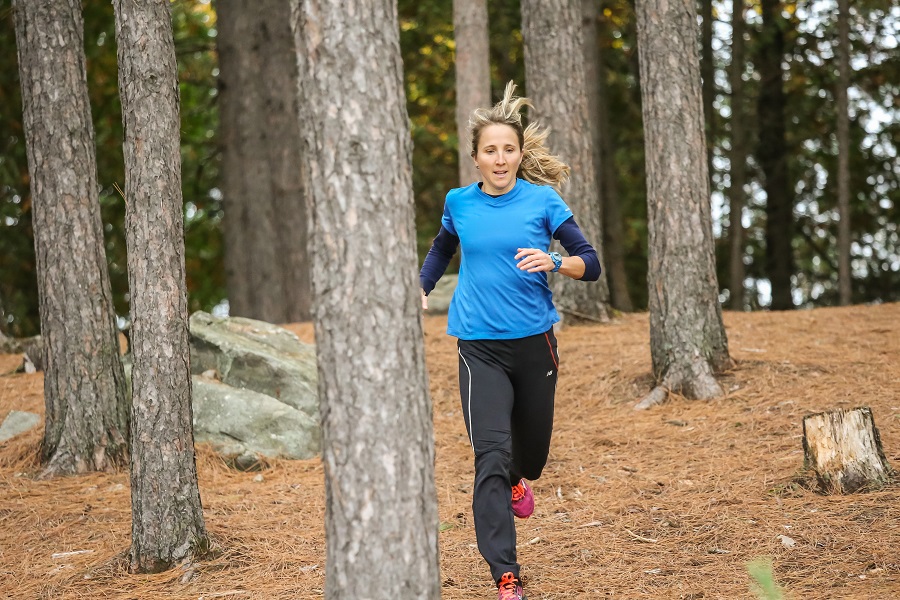
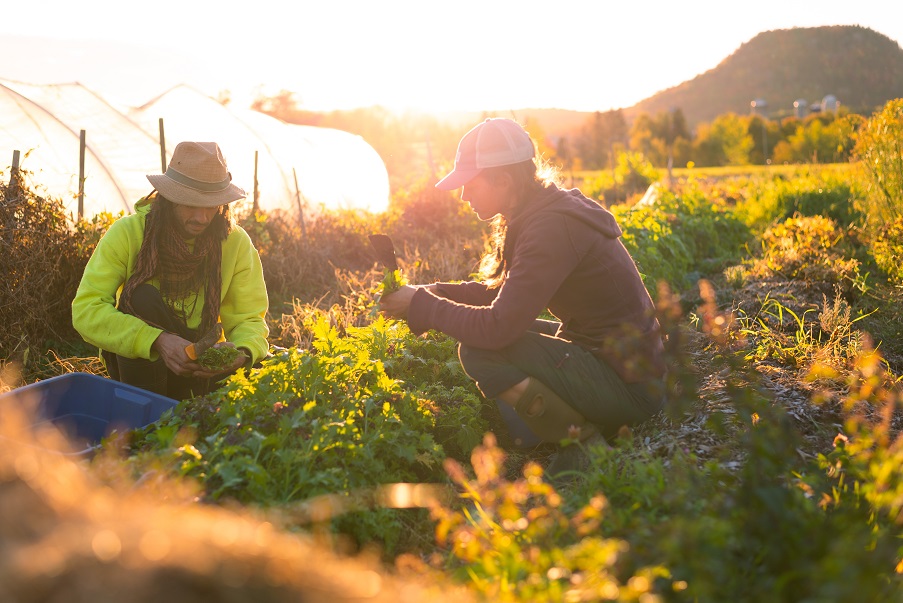
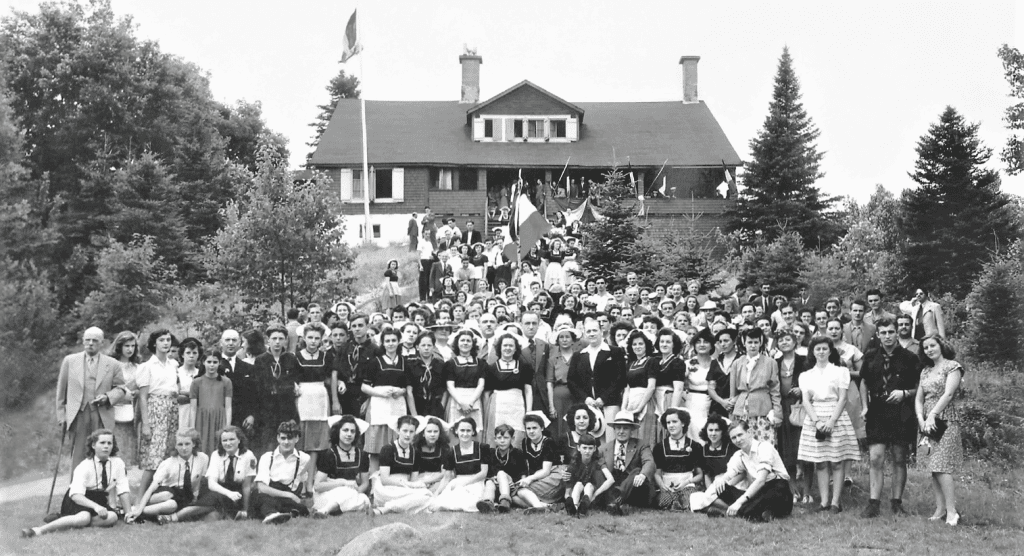
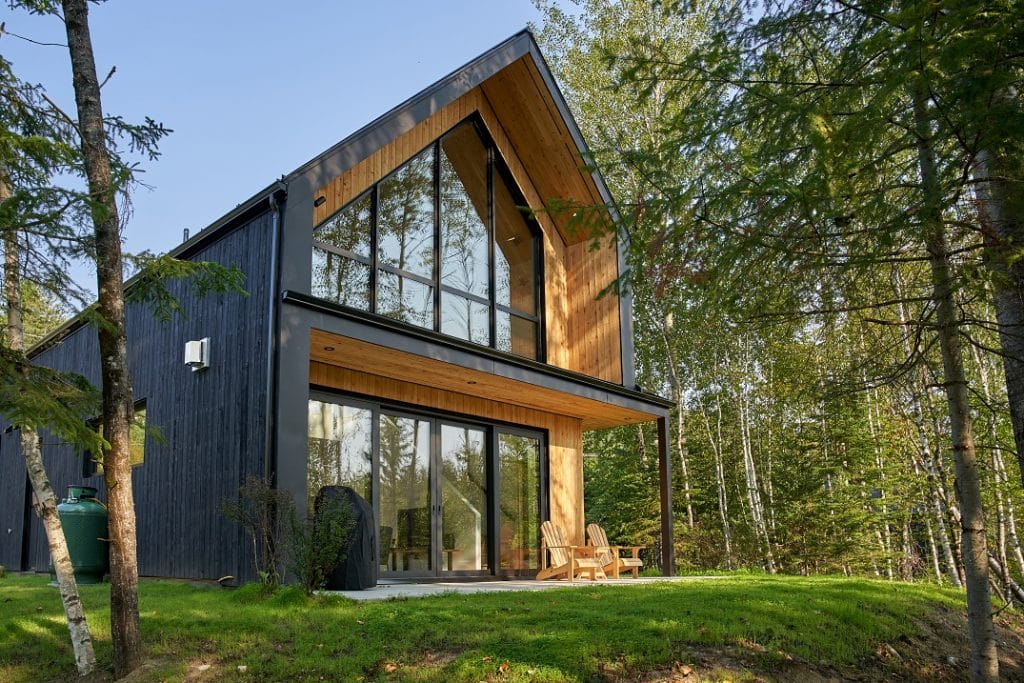
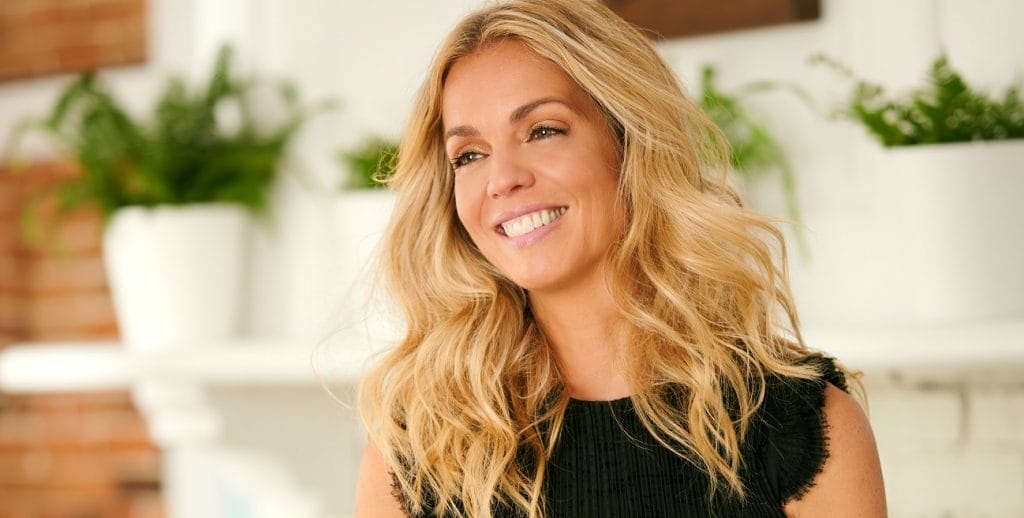
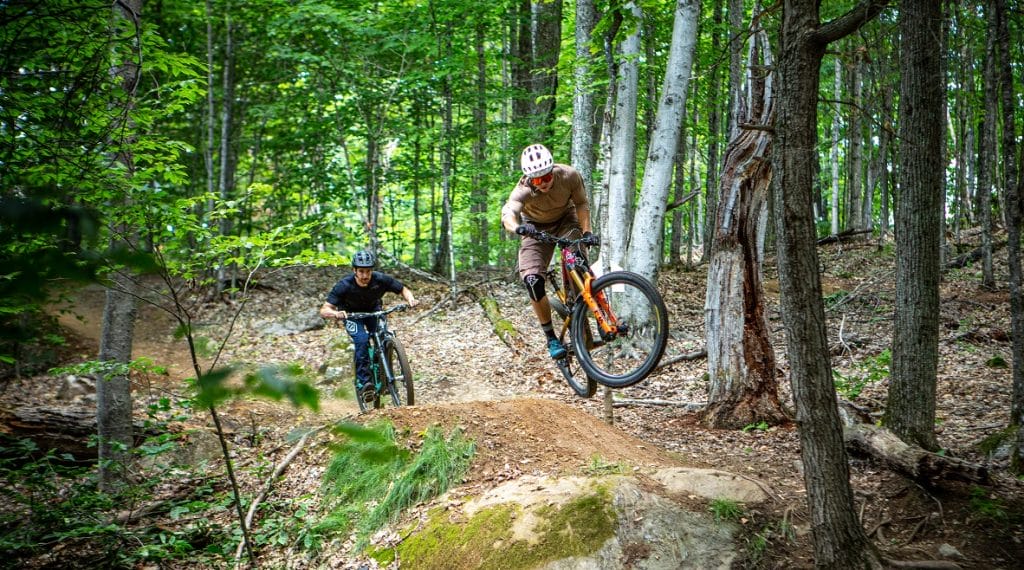
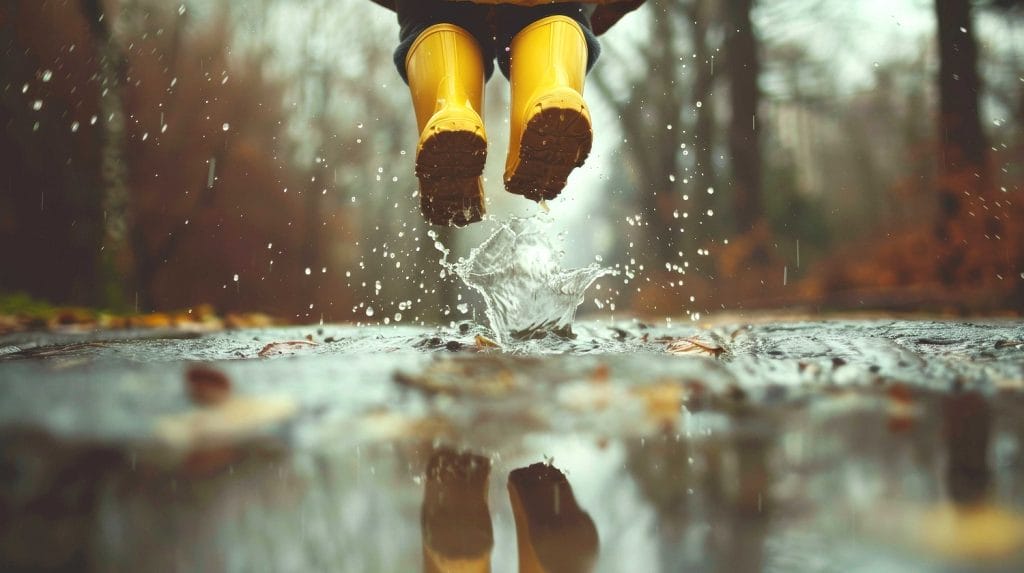
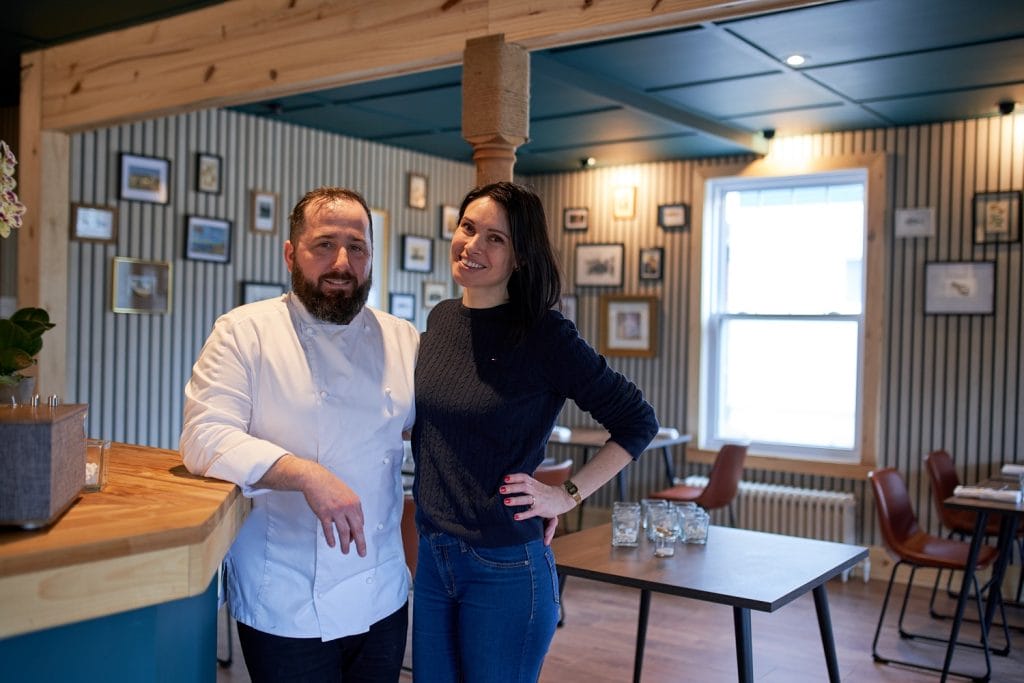
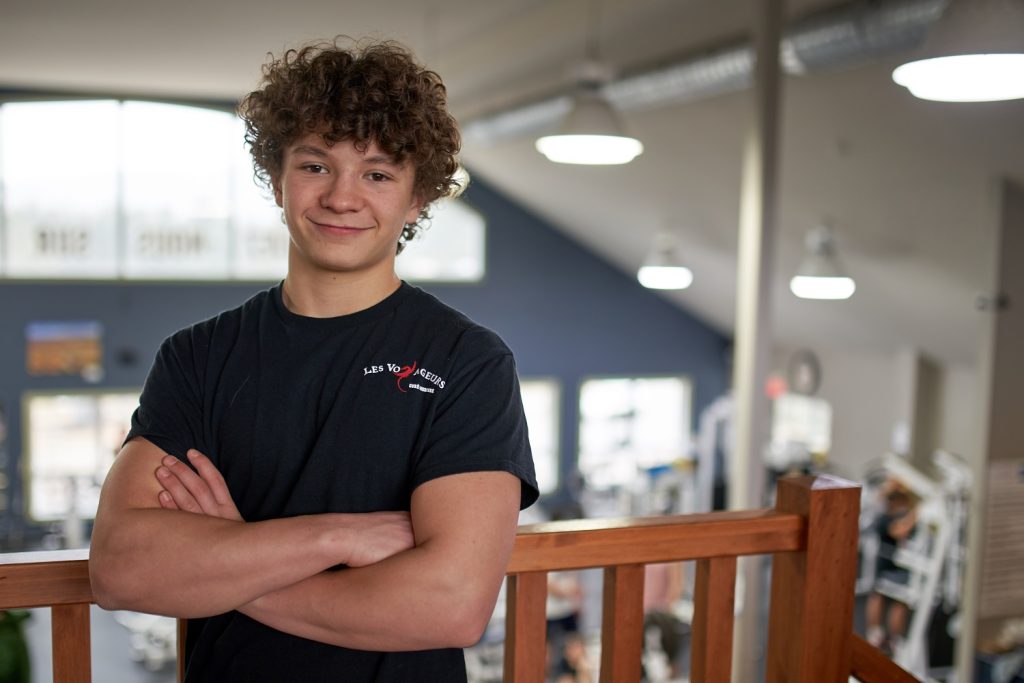
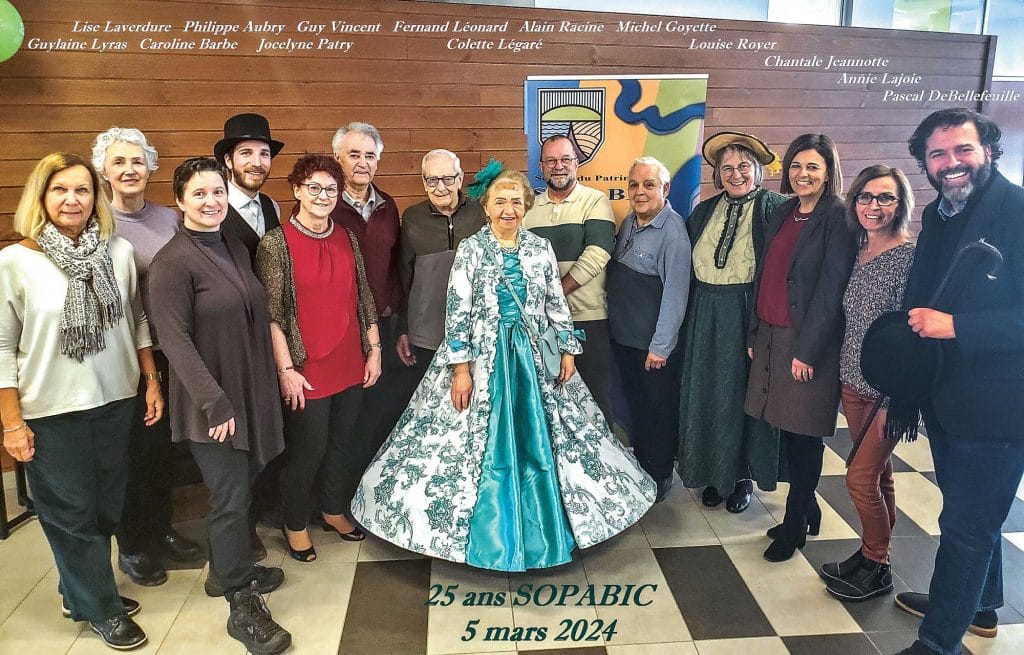
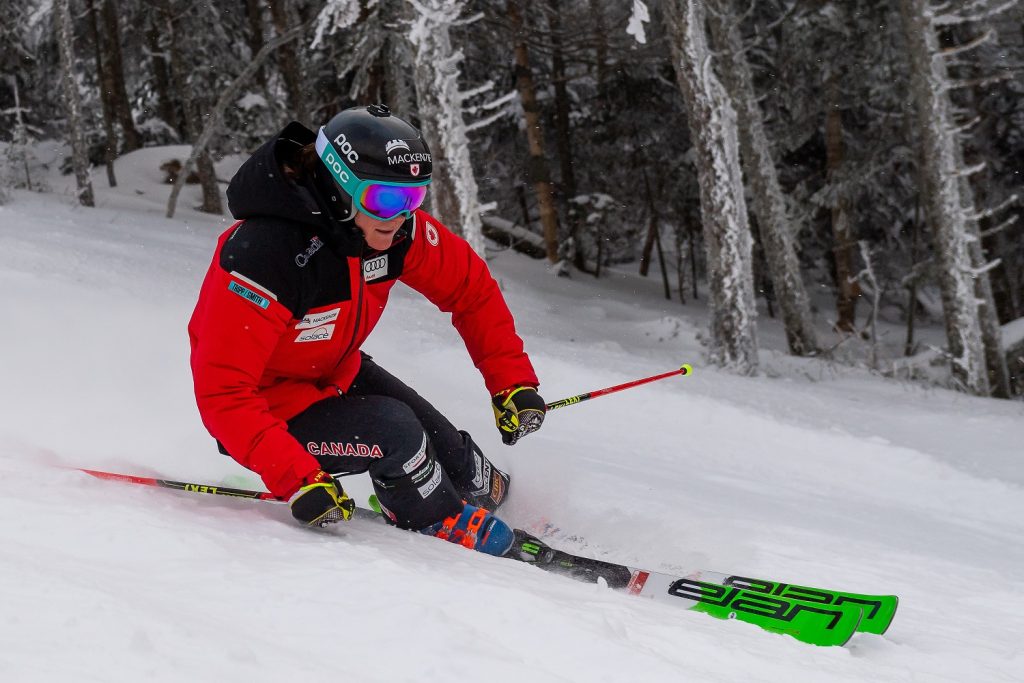
0 Comments